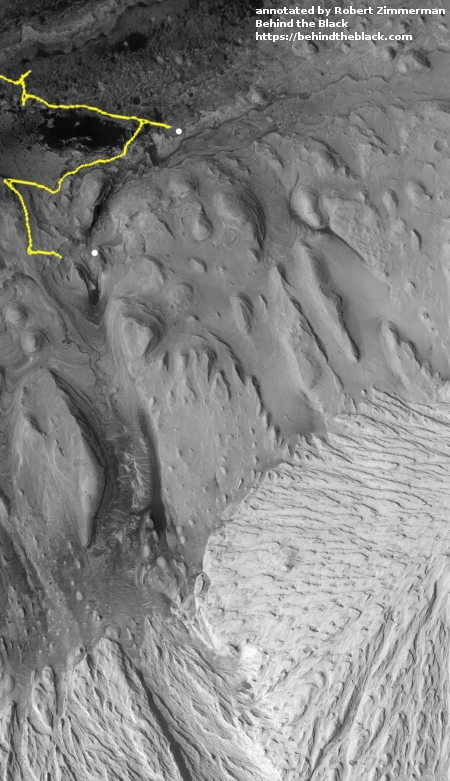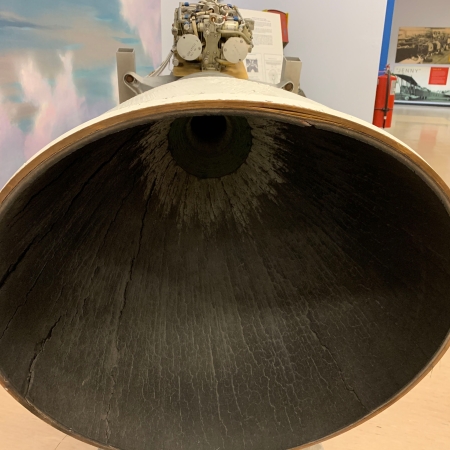InSight installs seismometer on Martian surface
InSight has successfully placed its first instrument, its seismometer, on Martian surface.
They aren’t yet ready to start gathering data, however.
In the coming days, the InSight team will work on leveling the seismometer, which is sitting on ground that is tilted 2 to 3 degrees. The first seismometer science data should begin to flow back to Earth after the seismometer is in the right position.
But engineers and scientists at JPL, the French national space agency Centre National d’Études Spatiales (CNES) and other institutions affiliated with the SEIS team will need several additional weeks to make sure the returned data are as clear as possible. For one thing, they will check and possibly adjust the seismometer’s long, wire-lined tether to minimize noise that could travel along it to the seismometer. Then, in early January, engineers expect to command the robotic arm to place the Wind and Thermal Shield over the seismometer to stabilize the environment around the sensors.
They plan on deploying the heat probe (which will drill down about 16 feet) in January.
InSight has successfully placed its first instrument, its seismometer, on Martian surface.
They aren’t yet ready to start gathering data, however.
In the coming days, the InSight team will work on leveling the seismometer, which is sitting on ground that is tilted 2 to 3 degrees. The first seismometer science data should begin to flow back to Earth after the seismometer is in the right position.
But engineers and scientists at JPL, the French national space agency Centre National d’Études Spatiales (CNES) and other institutions affiliated with the SEIS team will need several additional weeks to make sure the returned data are as clear as possible. For one thing, they will check and possibly adjust the seismometer’s long, wire-lined tether to minimize noise that could travel along it to the seismometer. Then, in early January, engineers expect to command the robotic arm to place the Wind and Thermal Shield over the seismometer to stabilize the environment around the sensors.
They plan on deploying the heat probe (which will drill down about 16 feet) in January.







